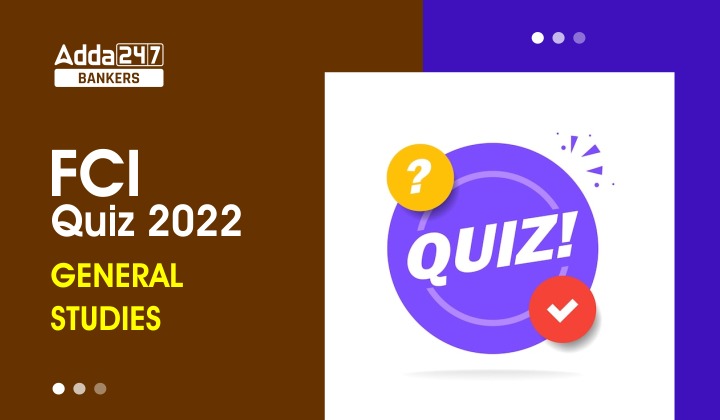Q1. There are six electrons, six protons and six neutrons in an atom of an element. What is the atomic number of the element?
(a) 6
(b) 12
(c) 18
(d) 24
(e) None of the above
Q2. Which one of the following has different number of molecules? (All are kept at normal temperature and pressure)
(a) 3 gram of Hydrogen
(b) 48 gram of Oxygen
(c) 42 gram of Nitrogen
(d) 2 gram of Carbon
(e) None of the above
Q3. How many moles of hydrogen atom are present in one mole of Aluminium hydroxide?
(a) one mole
(b) Two moles
(c) Three moles
(d) Four moles
(e) None of the above
Q4. Which one among the following completes the given statement correctly? In digestive system of living organisms
(a) glucose is broken down into glycerol
(b) glucose is converted into glycogen
(c) glucose is broken down into carbon dioxide and water
(d) proteins are broken down into amino acids
(e) None of the above
Q5. The main thinking part of the brain is
(a) midbrain
(b) hypothalamus
(c) forebrain
(d) hindbrain
(e) None of the above
Q6. Which one among the following hormones stimulates the plant cells to grow in a manner such that the plant appears to be bent towards light?
(a) Cytokinin
(b) Auxin
(c) Gibberellin
(d) Abscisic acid
(e) None of the above
Q7. An atom of carbon has 6 protons. Its mass number is 12. How many neutrons are present in an atom of carbon?
(a) 12
(b) 6
(c) 10
(d) 14
(e) None of the above
Q8. What is the number of mole (s) of H2(g) required to saturate one mole benzene?
(a) 1
(b) 2
(c) 3
(d) 4
(e) None of the above
Q9. Butter paper is an example of –
(a) a transparent
(b) a translucent
(c) an opaque
(d) a luminous
(e) All of the above
Q10. The sun is seen before the actual sun rise because of –
(a) reflection
(b) refraction
(c) scattering of light
(d) rectilinear propagation of light
(e) All of the above
Solutions
S1.Ans. (a)
Sol. Atomic number of any element is same as electron number or proton number.
S2.Ans. (b)
Sol. 48 gram of O2 × (1 mole of O2 ÷ 32 gm of O2) × (6.022 × 1023 molecules O2 ÷ 1 mole of O2) = 9.033 × 1023 molecules of O2
S3.Ans. (c)
Sol. Three moles of hydrogen atom are present in one mole of Aluminium hydroxide.
S4.Ans. (d)
Sol. In digestive system of living organisms proteins are broken down into amino acids. Glucose is the end product of metabolism of carbohydrates.
S5.Ans. (c)
Sol. Cerebrum (a major part of forebrain) is the main thinking part of brain. It has sensory, motor and association areas. Midbrain is a small central part of the brainstem, developing from the middle of the primitive or embryonic brain, the hypothalamus is a portion of the brain that contains a number of small nuclei with a variety of functions and the lower part of the brainstem, comprising the cerebellum, pons, and medulla oblongata.
S6.Ans. (b)
Sol. Darwin (1881) found that bending movement of coleoptile of canary grass (Phalaris canariensis) was due to exposure of tip to unilateral light. Boysen-Jensen (1910, 1911) found that the tip produces a chemical which was later named Auxin. Abscissic acid induces dormancy. Cytokinin induces cell division. Gibberellin causes Stemelogation.
S7.Ans. (b)
Sol. Mass number = number of proton + number of neutron 12 = 6 + number of neutron 12 – 6 = number of neutron number of neutron = 6
S8.Ans. (c)
Sol. 3 mole (s) of H2(g) required to saturate one mole benzene.
S9.Ans. (b)
Sol. Butter paper is a translucent object as it allows light to pass through it partially, thus not providing clear vision. While, a transparent substance allows light to pass through it completely providing a clear vision. Whereas, an opaque substance is impenetrable to light. On the other hand, luminous objects emit their own light.
S10.Ans. (b)
Sol. When the light rays pass through the atmosphere having layers of different densities and refractive indices, then atmospheric refraction takes place. The actual sunrise takes place when the sun is above horizon. When the sun is just below the horizon, the light rays coming from it, on entering the Earth’s atmosphere suffer atmospheric refraction from a rarer to a denser medium, thus, bending towards normal at each refraction. Due to continuous refraction of light rays at each layer, it follows a curved path and reaches the eye of the observer.



 GA Capsule for SBI Clerk Mains 2025, Dow...
GA Capsule for SBI Clerk Mains 2025, Dow...
 The Hindu Review October 2022: Download ...
The Hindu Review October 2022: Download ...
 Test Prime Subscription by Adda247
Test Prime Subscription by Adda247


